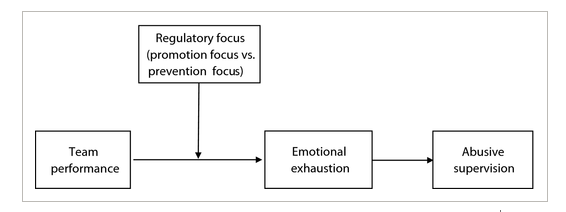There are many horror stories pertaining to the airline industry, but one success story is Southwest Airlines. The airline, originally named Air Southwest, was founded in 1967 by Herb Kelleher, later changing its name to Southwest Airlines in 1971 (Southwest 2010). They are headquartered in Dallas, TX and operate mostly in the US. Today they operate 752 aircraft, serve 101 destinations, and employ more than 60,000 people (Southwest 2010). Southwest’s major claim to fame in the airline industry is that, as of 2019, they had 46 consecutive years of profitability (O’Donnell 2019). One may ask, how is this possible? How have they gone that long? Is it luck or is there something else going on? Well, it should be known that it is the latter. There is something else at play other than luck at Southwest Airlines.
It all starts at the top with Founder Herb Kelleher. Mr. Kelleher would be described as a servant leader by definition. Northouse defines servant leaders as those “who place the good of followers over their own self-interests and emphasize follower development. They demonstrate strong moral behavior toward followers, the organization, and other stakeholders” (2016, p.226). He is a lawyer by trade, so he always has had a passion for helping others (Modern SL Website 2017). Furthermore, he truly believes that taking care of employees is a company’s top priority (Modern 2017). Think about that for a minute. He is not thinking of the bottom line or his customers, but the people who work for and with him are his first priority. Mr. Kelleher has a reputation for not seeing employees as a “rung on a ladder”, rather views everyone in the organization as equals (Modern 2017). One of his many traits as a leader is the ability to conceptualize and think creatively, but he also never embarrasses someone who may not be correct or have an idea like his (2017). One of the key aspects of being a servant leader is developing your followers (Northouse 2016). An example pertaining to Herb Kelleher of this concept can be found in former President of Southwest Airlines, Colleen Barrett.
Colleen Barrett has worked for Herb Kelleher since the inception of Southwest Airlines (Modern 2017). So, how does a former legal secretary, with no formal management education, become the president of one of the world’s most successful business models? The answer is simple, she was developed into a leader by Herb Kelleher. It also helped that her passion was to lead and serve people. Colleen maintained her position for over 30 years with the company by “co-leading” with Mr. Kelleher (Modern 2017). The pairing of these two worked well for so many years because they both shared common values and morals. As a team, these two displayed all of the seven listed behaviors in the Model of Servant Leadership described by Northouse (2016). Mr. Kelleher was the idea man, or the conceptualizer. They both helped people grow and succeed within the company. The business model created by Kelleher was to put the employees first. In fact, Ms. Barrett describes the company in a pyramid (image below), where employees are at the top. Because these employees are treated well, and have job satisfaction, they in turn take care of the customers. The happy customers affect the bottom-line, which influences the shareholders (Modern 2017). Ms. Barrett estimates that 85% of her time is spent on employees and delivering proactive customer service to her followers or employees (Modern 2017).
Major corporations being led by servant leaders is not a new concept, but the long-term success of Southwest Airlines can directly be linked to the servant leadership of Herb Kelleher and long-time company president, Colleen Barrett. Their ability to lead while allowing others to grow and succeed is the reason why this company can continually turn a profit in an industry where most do not. By putting their employees first, they have empowered them to take that same mentality to the customer. Southwest Airlines fits into the “Model of Servant Leadership” (Northouse 2016). There is a culture of helping people while being the best in business. The many attributes of the leaders were discussed earlier. The employees certainly are receptive to this type of culture as well. Also discussed earlier was the behaviors displayed by the company’s leadership, which in turn, has a positive outcome of follower performance (Colleen), organizational performance (profit), and societal impact. Many countries today have an airline modeled after Southwest. There are also numerous companies in other industries that carry Southwest’s business model (Modern 2017). This makes society better in the long run.
References:
Modern Servant Leader Website. (2017, May 14). What is Servant Leadership? Retrieved from http://www.modernservantleader.com/servant-leadership/.
Northouse, Peter G. (2016). Leadership: Theory and Practice (7th ed.). Thousand Oaks, CA: Sage Publications.
O’Donnell, P. (2019, August 23). Southwest Airlines’ annual tradition: It’s sharing $544 million in profits with employees. Retrieved from https://www.dallasnews.com/business/local-companies/2019/02/13/southwest-airlines-annual-tradition-it-s-sharing-544-million-in-profits-with-employees/.
Southwest Airlines Website. (2010, August 18). We Weren’t Just Airborne Yesterday. Retrieved from https://web.archive.org/web/20100818010355/http://www.southwest.com/swamedia/swa_history.html.



